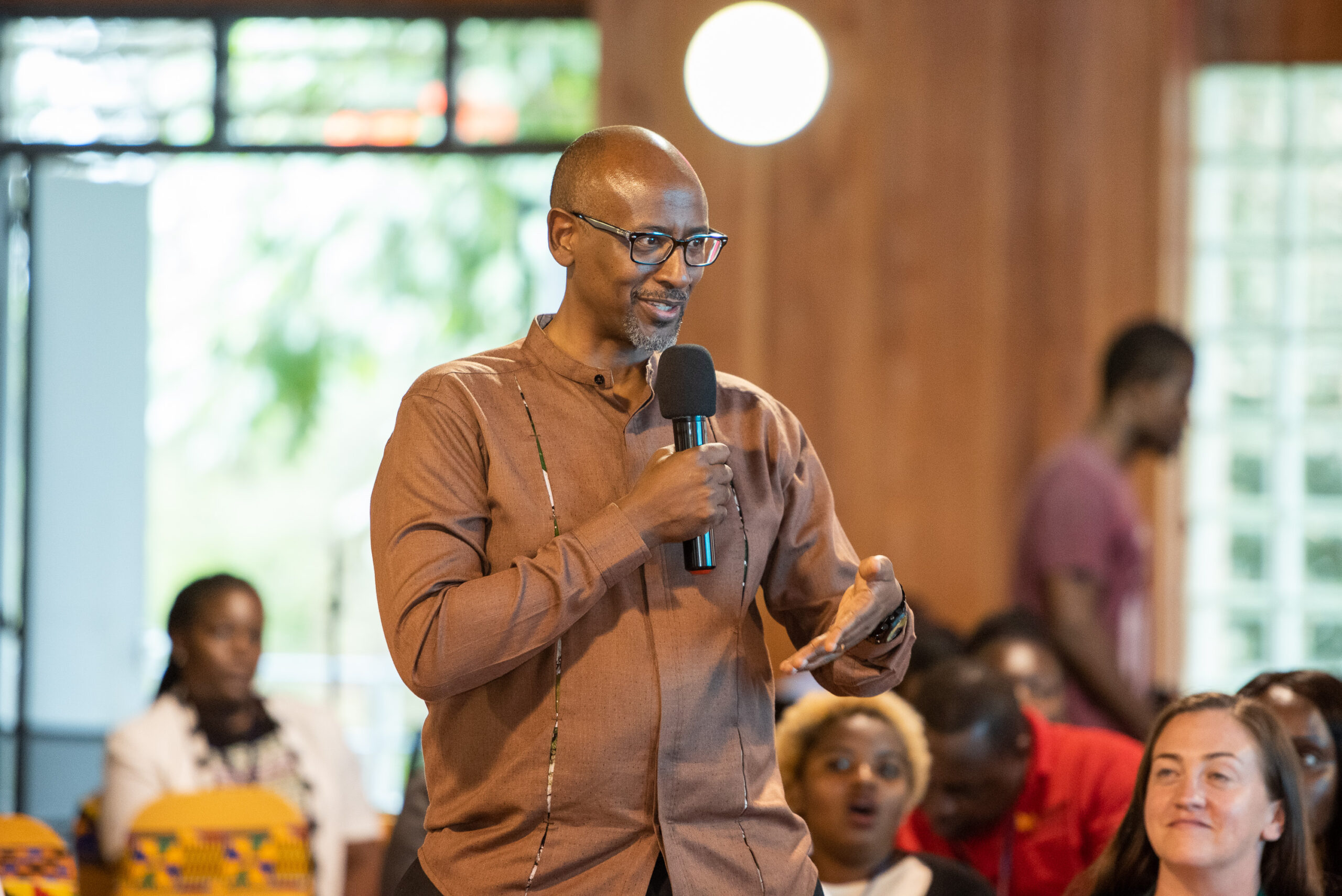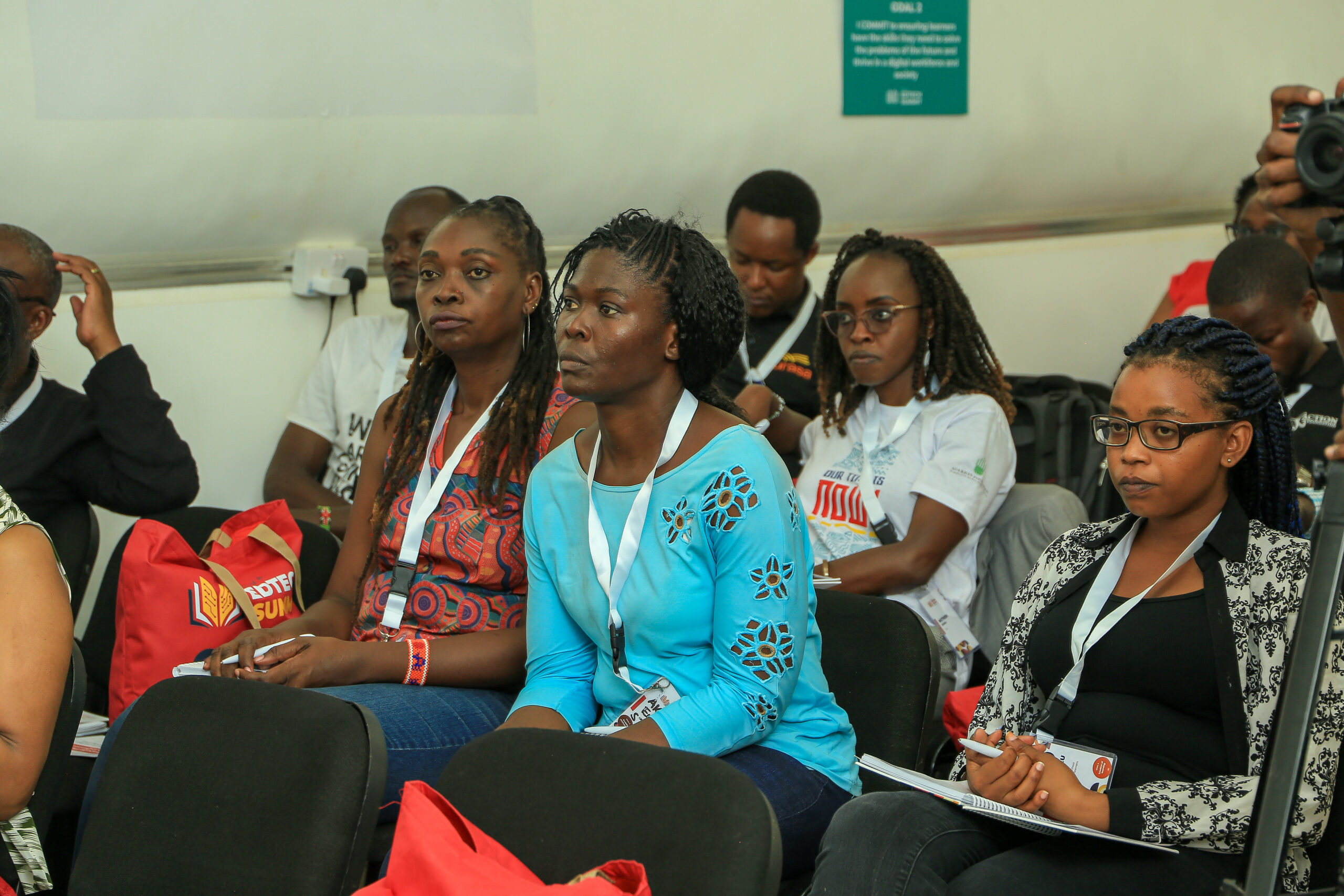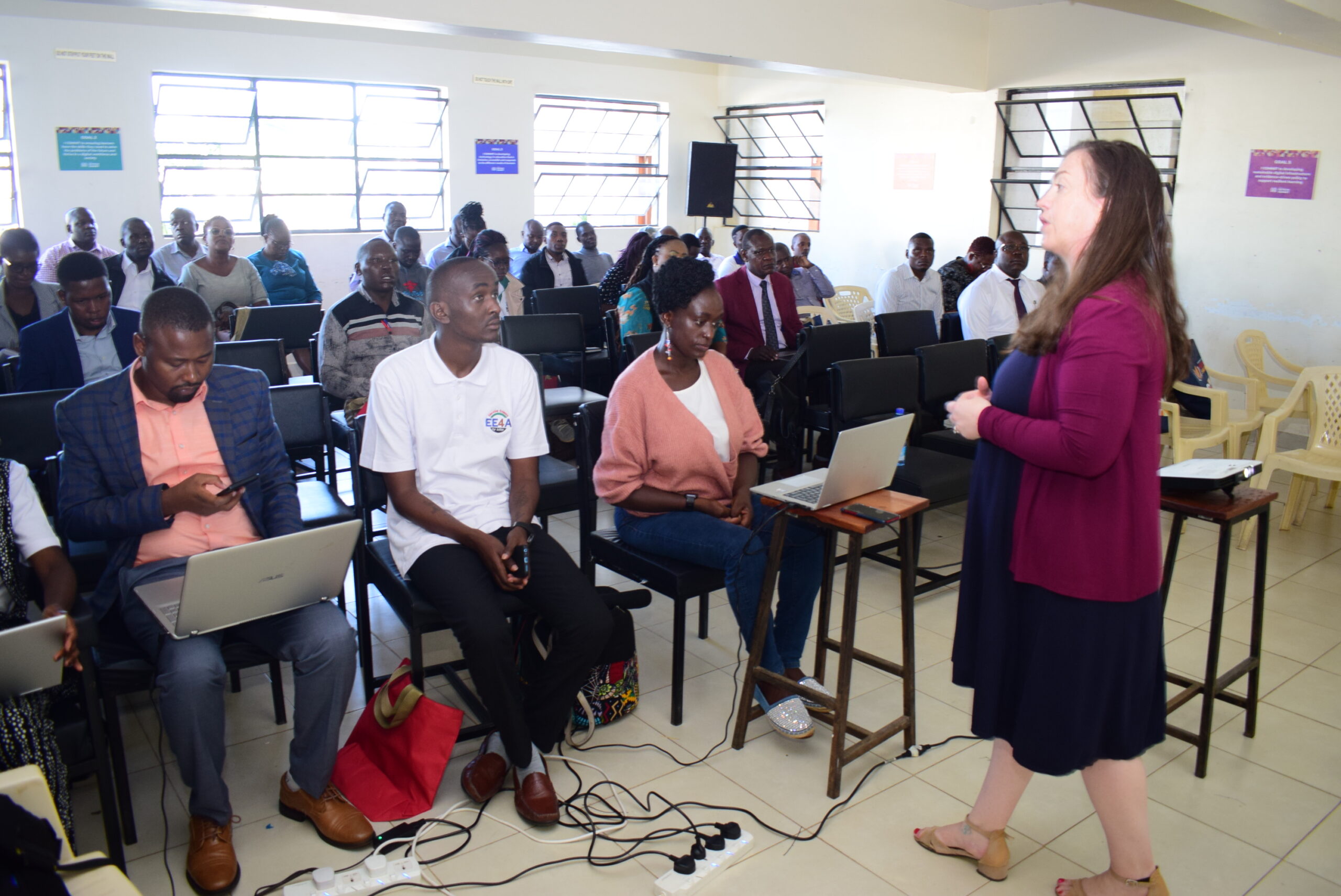By Josaya Wasonga
During World War II, U.S. leaders realised that nearly 16 million American men and women who were serving in the armed forces would be unemployed when the war finally ended and that this could cause another depression and widespread economic instability similar to the aftereffects of the 1929 stock market crash. To prevent that, experts studied the issue and recommended a series of education and training programs.
On Jan. 10, 1944, Congress passed the GI Bill of Rights because it offered federal aid to help veterans buy homes, get jobs, and pursue an education, and in general helped them to readjust to civilian life.
Within its first seven years of use, about 8 million veterans took advantage. U.S. college and university degree holders more than doubled between 1940 and 1950. Within 50 years, the number of Americans with advanced degrees rose nearly 20 percent. By July 1956, when the bill initially expired, almost half of the 16 million World War II vets had gotten education or training through the GI Bill.
In 1990, President George H.W. Bush summed up the bill’s impact: “The GI Bill changed the lives of millions by replacing old roadblocks with paths of opportunity.”
Youth power
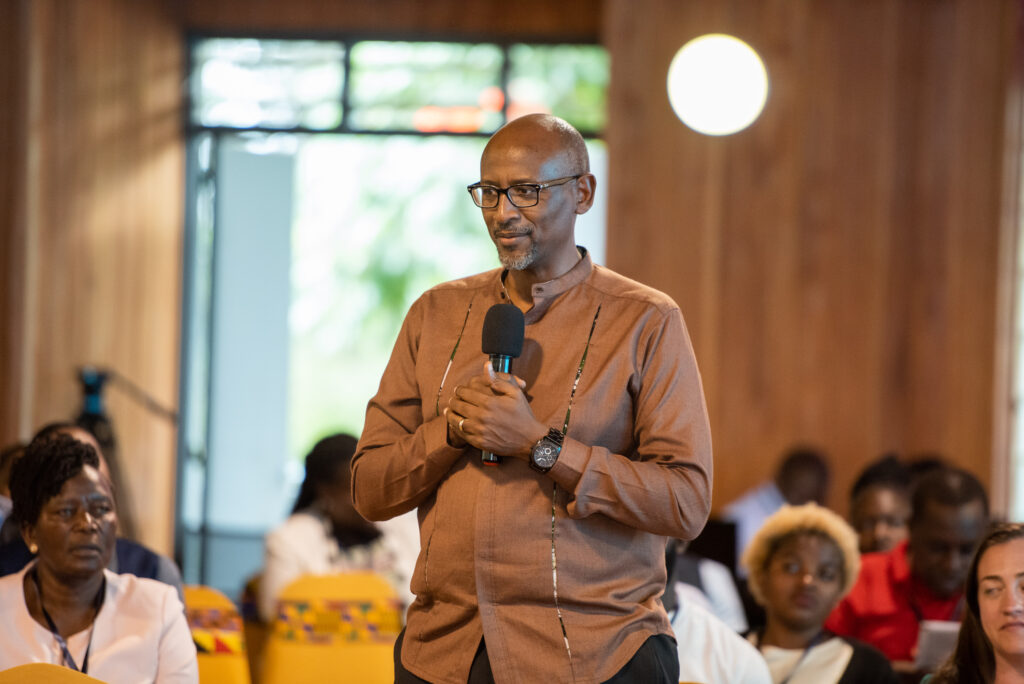
During the Town Hall session at the 2023 EdTech Summit, Joseph Nsengimana pointed out that, as other continents are aging, Africa is getting younger. Nsengimana is the Director of the Mastercard Foundation’s Centre for Innovative Teaching and Learning in ICT. The summit was co-created by several edtech players and was sponsored by the Mastercard Foundation and EdTech East Africa.
“According to the UNICEF Report, Africa will be home to 2 in 5 children by 2050,” Nsengimana gave the stats. “This is an asset. But it’s only an asset if we can invest in this abundant human resource. It’s important to keep the focus on why we’re all here. Education is why we’re all here. Education technology is the means to accomplish what it is we’re trying to do.”
“How do we educate our children in emergencies? How do we make sure we’re taking advantage of all available tools? Whether under a tree or inside a classroom; we have to ensure our children are learning.”
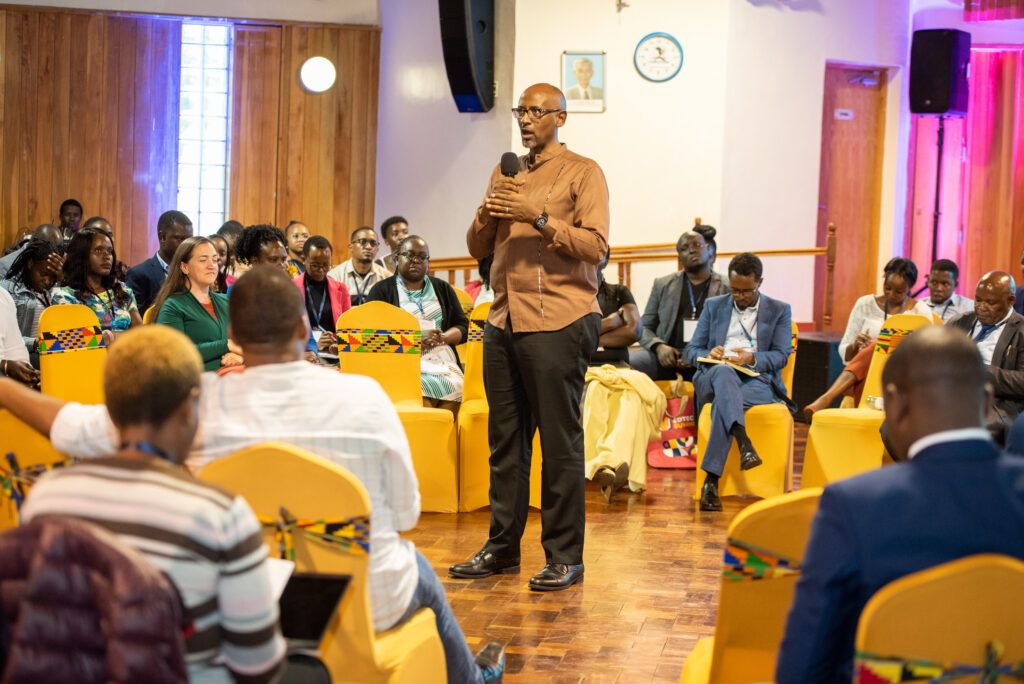
2050 is 27 years away. 27 years seems like a long time. 27 years sounds like Africa has all the time in the world to get her act together and seize her rightful place. But in this fast-paced world, that’s a blink of an eye; what with different emergencies side-tracking Africa, causing her to waste valuable time and talents.

Learning goes on
Nobody knows how we can educate our children in emergencies than Jane Maweu, who’s the Education Program Officer at Save The Children International. Maweu, who works in Dadaab Refugee Camp, refers to herself as a trained teacher who’s no longer in the classroom but supports what happens in the classroom.
The Dadaab refugee complex has a population of 218,873 registered refugees and asylum seekers as of the end of July 2020. The first camp was established in 1991 when refugees fleeing the civil war in Somalia started to cross the border into Kenya. A second large influx occurred in 2011, when some 130,000 refugees arrived, fleeing drought and famine in southern Somalia.
Let’s put it into context. Dadaab has a larger population than the world’s eight least populated countries. Put together.
“We deal with populations we refer to as ‘people on the move’; they’re moving from their home countries because of war or unrest,” Maweu explained. “During their transitory process, they have missed education. When they arrive in Dadaab, we have to pick the learning pieces.”
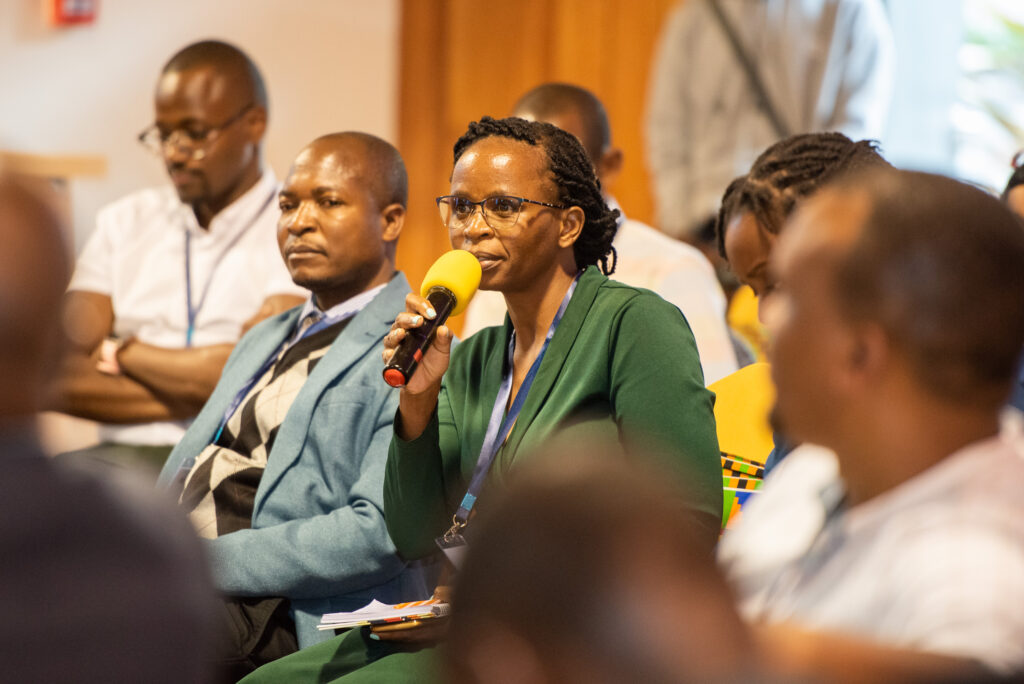
As if that’s not a big enough challenge, Maweu talked about double jeopardy. The refugee situation is an emergency, and then there are other bolts out of the blue: COVID-19 and El Nino.
“I ensure learning continues during emergencies,” Maweu said. “During Covid-19, many children were left out of school. This forced us to think outside the box.”
No organisation can fly solo during emergency missions. Save The Children has partnered with Library For All which provides gadgets for the learners. Sesame Workshop has also joined the mission. They provide content that targets ECD learners.
“We have teachers who have no exposure to what happens. They’re untrained,” Maweu expounded. “They came from neighbouring countries or were born and brought up in the refugee camp and became teachers in the camp. How do we ensure these teachers can use technology to enhance equity in learning?”
“We’ve been training these teachers to build their capacity. We’re also partnering with EDU Africa to help these teachers with skills and tools to enhance quality education.”
Refugee camps have several challenges. There’s a lack of infrastructure. Families live in tents. Some live in semi-permanent structures. There’s an increasing number of children. There’s also the issue of language.
Tech isn’t the be-all and end-all. Tech can only do so much. On the issue of language, the players in Dadaab have tried to contextualise the content by translating it into Somali. That, too, has brought another challenge. The Somali language has several dialects.
“Technology will not replace teachers, but teachers with technology in hand are the ones who will replace the teachers without technology,” said Dr. Sam Marigat, the TSC County Director for Kirinyaga.
“That should be our foundation when we start discussing EdTech. Technology will supplement teaching. I don’t think technology will replace learners who are lagging behind in learning outcomes.
Education under attack
In an article published in the Global Coalition to Protect Education from Attack, attacks on education in Kenya were reported between 2013 and 2017 with similar frequency to what was reported from 2009 to mid-2013, with a slight uptick in attacks on schools in 2017, due to al-Shabaab’s increased activity that year.
In 2014, terrorists killed quarry workers in Wajir. The victims were non-locals. Fearing for their safety, non-local teachers packed and left.
“The Wajir governor, Ahmed Abdullahi approached us, saying they had about 400 schools in the region but very few locals were heading these institutions,” said Mahmood Ali, the Managing Director of MwalimuPLUS. “He told us they had tried to bring back the teachers who left, but they adamantly refused.”
“That time there was no MwalimuPLUS. We were just a technology company. We did a little bit of research and that’s how MwalimuPLUS was born. We gave the governor the idea that we could solve the problem with the schools that had teachers.”
Ali’s team got down to brass tacks. They developed and used some models to start training. It worked. They approached the governor and advised him that the teachers he had could be supplemented using technology. They could give the county a product that was ready for students to use. AI would assist them by knowing the individual students, how they are performing, and tailoring content solutions for them.
“For those areas that had internet connectivity, we could teach using the same platform from Nairobi,” Ali explained. “We hired experienced teachers who were about to retire. The teachers were teaching from Nairobi.”
“We wanted to ensure the product worked. We went to the government to seek clearance to use the product. Then we came to CEMASTEA in 2017 where we did a pilot with about 23 schools, which worked well.”
MwalimuPLUS is now not only in conflict areas but also in non-conflict locations. Which just goes to show that local emergencies have local solutions. And it also goes to show that, when education is under attack, the best form of defense is creativity.
Partnerships
There’s an African proverb that says “If you want to go fast, go alone; if you want to go far, go together”. MwalimuPLUS wants to go far. Which is why they don’t walk alone. They walk with donors, NGOs, national and county governments, and wellwishers.
“It’s good to form communities of practice,” said Martin Chungu from Save The Children. “We have done that with different stakeholders; from content creators to gadget providers. Such collaborations are key.”
“And to ensure sustainability, we must involve key government stakeholders. Even if some of these organisations are doing small projects, the learning outcomes go a long way in helping the children.”
Chungu’s colleague Eric Nyawara echoed his sentiments, saying that EdTech players should avoid working in silos.
“When developing EdTech tools, we should incorporate all the stakeholders so we can have tools we can easily scale up and replicate because African problems are more or less similar,” Nyawara said.
“Whatever you’re doing, I want you to know the government is a custodian and has the principal responsibility to do all the things you’re doing,” Dr. Marigat said. “The government can reach every nook and cranny of the country. Even during emergencies, the government has systems and structures in place to reach out to people in difficult and hard-to-reach situations.
Undiscussed emergencies
“When we’re talking about education in emergencies, do we only confine ourselves to flooding, et al?” An audience member asked. “What about the children who cannot comprehend some of the basic learning they are supposed to know? Isn’t this also an emergency?”
The answer could lie in remedial programmes. In 2019, researchers evaluated a technology-aided learning, after-school programme in urban India. Children who were the furthest behind saw the greatest improvement in this randomised controlled trial. Those who took part in the intervention “experienced twice the test score value-added in math and 2.5 times that in Hindi” compared to the control group. The authors identified that personalised learning software played a greater role in determining improved learning outcomes than the grade level in which the child is enrolled.
A second audience member talked about yet another undiscussed emergency; children with disabilities, whose numbers are increasing. This participant called for more inclusivity, as she was concerned that any intervention that comes up does not put learners with disabilities in mind.
Paul Lynch, Et Al say “Robust research is needed to evaluate the conceptualisation, design, testing, and impact of appropriate technology in relation to different environmental conditions (such as gender; age; location – urban, peri-urban, and rural; public/private schools; curriculum area) to meet the needs of the full range and diversity of learners with disabilities in low and middle-income communities”.
Turning point

To turn African emergencies into paths of opportunity, we ought to take a cue from the U.S., circa 1944. We must study prevailing and future continental and global issues. We must come up with education and training programs to mitigate these issues. These initiatives must involve all leaders. In our different spaces and spheres, we’re all leaders. We must do all these things like our lives depend on it. Wait a sec. Our lives actually depend on it.
“The triangle of education at the foundational level is knowledge transmission and acquisition. This is followed by the skills and then character,” the Town Hall moderator, John Kimotho stated. “But in 2050, the foundational level will be character.”
2050 sounds strangely familiar, right? If not, let me refresh your memory. The year 2050 is precisely when Africa’s young population will have peaked.
